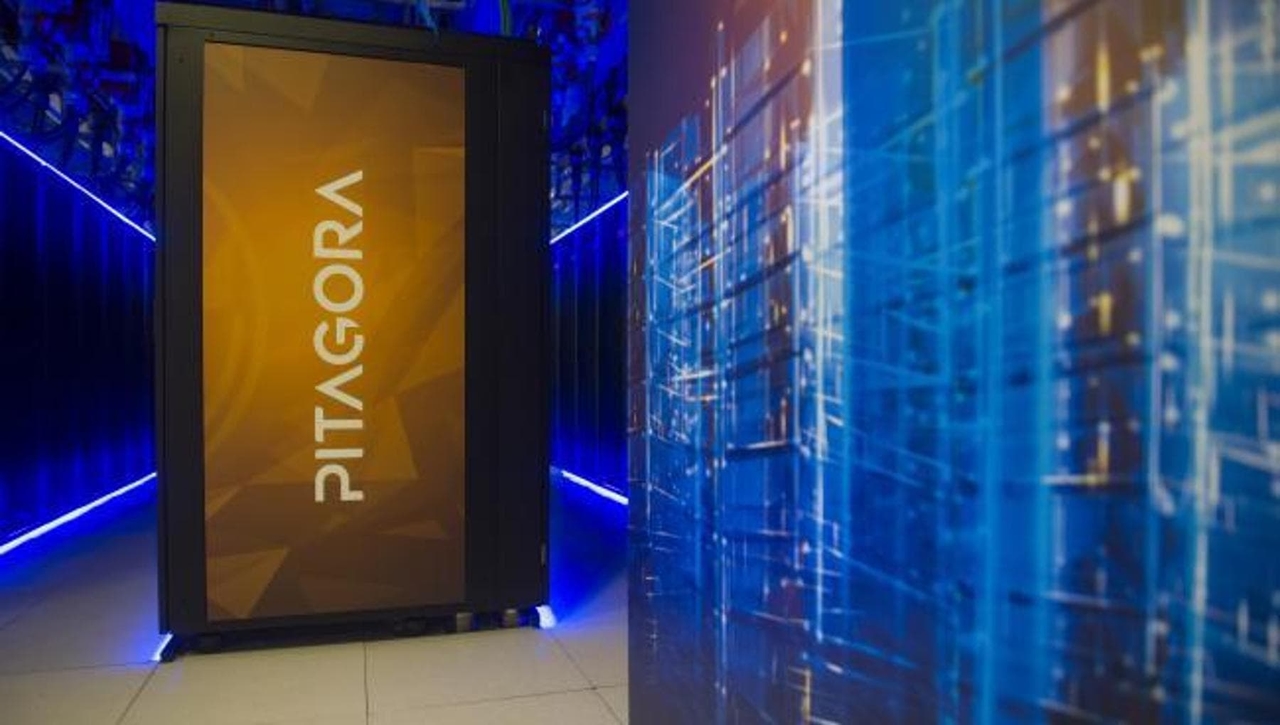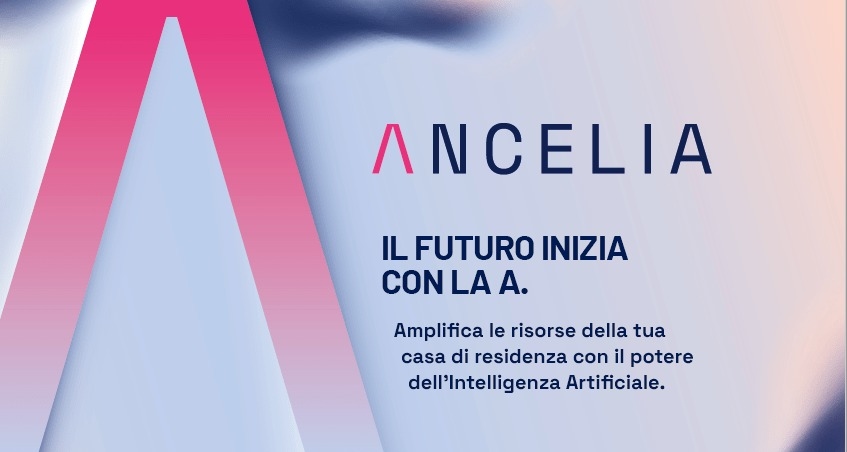Pythagoras, the supercomputer that calculates the future (and doesn't waste energy)

There's a place in Casalecchio di Reno (Bologna) where the future of energy is measured in trillions of operations per second. It's the High Performance Computing (HPC) supercomputing infrastructure, commonly known as the Pitagora supercomputer. Produced in Hungary by Lenovo, it was recently inaugurated at Cineca , the consortium that has represented the Italian vanguard of scientific computing for decades. But beyond its power, its energy efficiency is also noteworthy: this powerhouse consumes as much energy as a neighborhood, yet returns almost all of it in usable computation, reducing electricity consumption for system cooling by up to 40%.
Behind the aseptic acronym 43.2 PFlop/s (millions of billions of operations per second), of which 27 decimal places are used by GPUs, the graphics processors that are at the heart of the AI revolution, lies a machine designed to pursue one of science's boldest dreams: reproducing the energy of stars , that of nuclear fusion , on Earth. This is the goal of the EUROfusion consortium, which is funding Pitagora together with ENEA , and which sees Italy—with Cineca—in the leading role. The numerical simulations that Pitagora will perform—on the turbulence of plasmas, the resistance of materials, the stability of magnetic fields—are the digital equivalent of the reactors of the future: every line of code is one less experiment to be attempted in the real world, one step closer to a clean, safe, and potentially infinite energy source.
The sustainability of intelligenceBut the innovative nature of Pythagoras (which was supposed to be called Cassandra, before someone realized that perhaps it wouldn't have been such a good omen...) isn't measured just in petaflops or GPUs. It's also measured in the temperature of the water flowing inside it. Yes, because the new supercomputer isn't air-cooled, but liquid-cooled : a technology developed by Lenovo , called Neptune , which circulates water near the processors to absorb almost all the heat produced— up to 97% . The result? A power efficiency rating (PUE) of 1.1 , a number that experts consider a "Holy Grail" of sustainable computing. It means that for every watt spent on electricity, just ten percent goes to auxiliary systems. The rest goes entirely to pure science.
"It's not just a supercomputer, it's an accelerator of progress," said Minister Anna Maria Bernini , recalling that Italy, with facilities like this, "transforms knowledge into energy." And Francesca Mariotti , president of ENEA , added: "Today, plasma physics needs machines like this. Traditional computers wouldn't be enough even in a million years."
With its 670 Nvidia H100 graphics processors , 260,000 computing cores , 25 racks , and 20 petabytes of storage , Pitagora enters the world's top 50 most powerful supercomputers. It is ten times faster than its predecessor, Marconi , but consumes less power and produces heat that can be reused to power other systems at the Bologna Technology Park, where it is integrated with Leonardo , the European supercomputer.
A Calculation for Humanity"With these infrastructures, we're looking to our grandchildren," said Minister Pichetto Fratin , alluding to a future in which energy is clean and inexhaustible. Fusion may not arrive tomorrow—perhaps not even the day after tomorrow, no one dares give a precise date anymore—but Pythagoras is proof that waiting isn't wasted time: it's calculated, optimized, and made useful. Meanwhile, according to Pichetto Fratin, traditional nuclear power, fission, is essential: "In Italy, we already consume 310 billion kilowatts and produce only 260. The rest is imported nuclear power. And within 15 to 20 years, demand will double, reaching 680 terawatt hours by 2050. Renewables aren't enough; the only answer is nuclear power. Traditional power first, with increasingly safer plants. Fusion? It's the El Dorado."
Ultimately, as Francesco Ubertini , president of Cineca, reminded us, "machines must serve to fulfill human dreams, not replace them." And in this case, the dream is nothing less than imitating the Sun—but doing so with respect for the Earth.
La Repubblica





